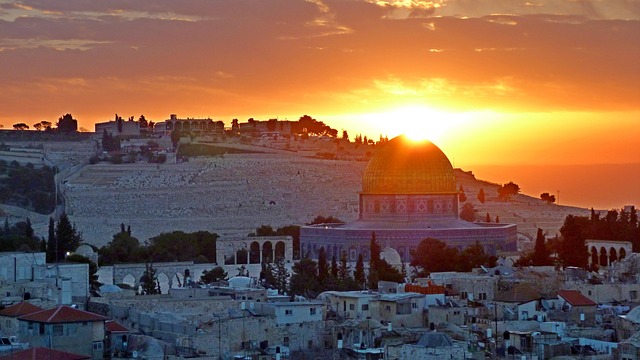The Catholic Church itself strongly identified with res publica, as a community based establishment acting for the good of the people. With a population for whom Christianity was fundamental aspect of life, the monasteries, abbeys and churches were perfectly placed to fill a void in society and take full advantage of the power and wealth of the landowners.
In 530 St Benedictine wrote a practical guide for monastic life and Benedictine monasteries complete with black monks began to spring up all across Europe. Existing communities often donated land, or monasteries were built on unoccupied land to attract communities to them. Communities then paid a tenth of their income (a tithe) in return for religious services and to maintain the building, support the monks, priests and abbots.

